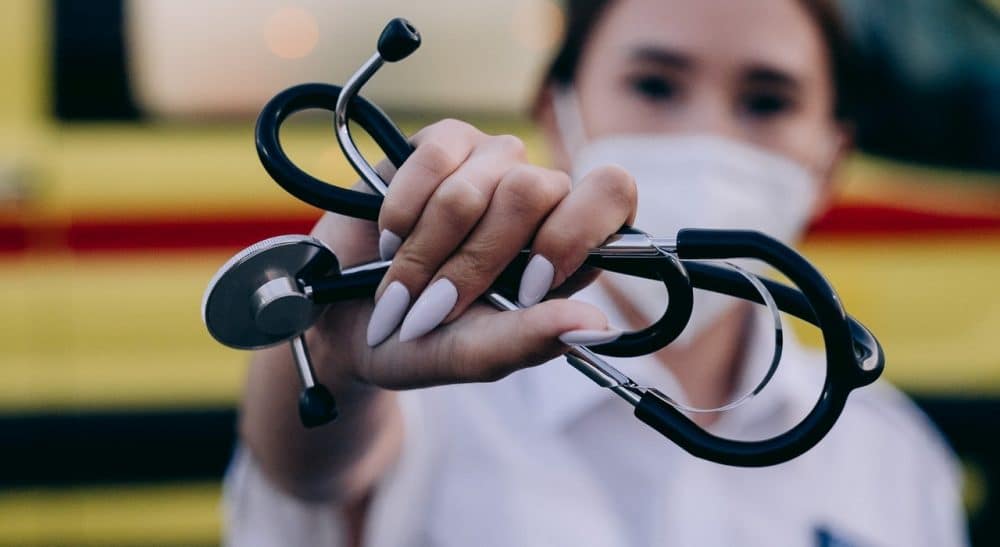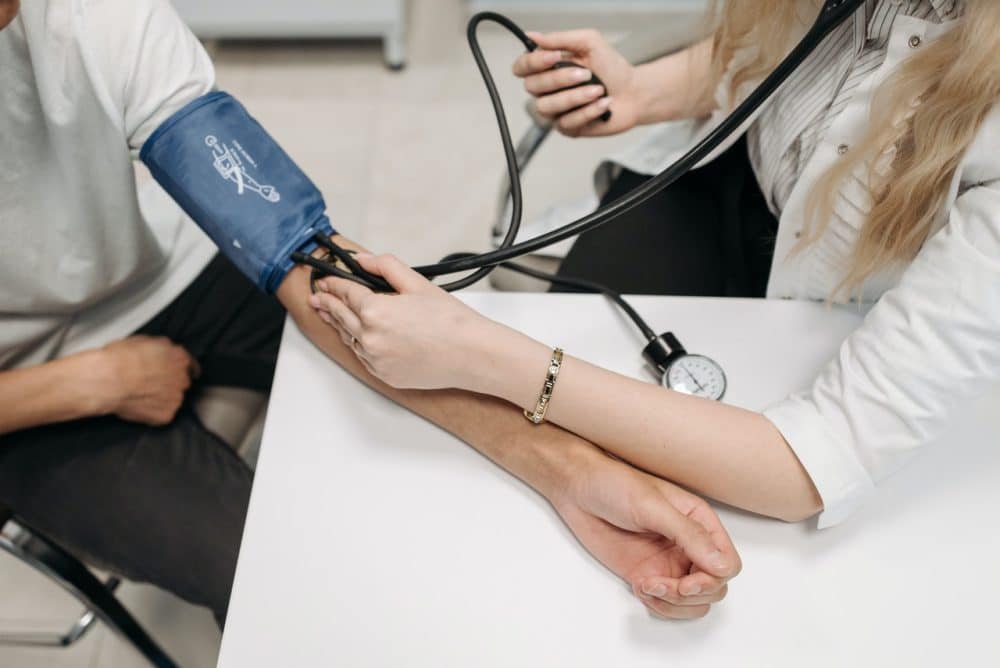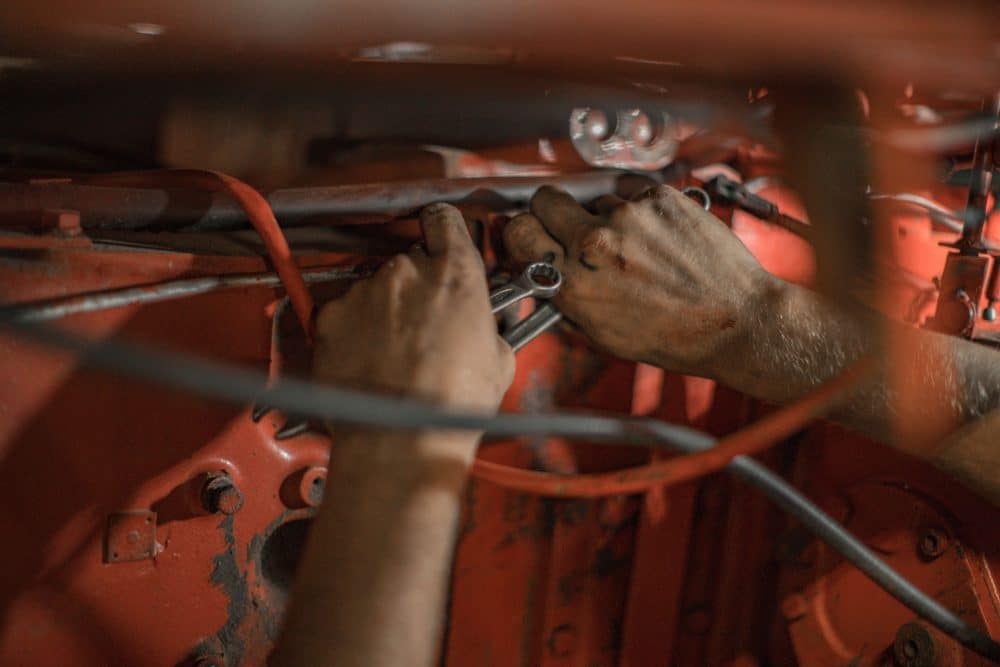
Medical Assistant Equipment Checklist

Every industry requires specific equipment to get the job done, including medical assistants and assistant medical equipment.
If you’re a barista, you need coffee grounds, an espresso machine, running water, and cups. If you’re a carpenter, you need a hammer, drill, nails, and screws. You need towels, hot stones, and massage oil if you’re a massage therapist.
The list of necessary equipment for medical professionals is considerably longer and usually much more expensive.
So, what type of equipment do medical assistants need?
That all depends on where you work and how much training you have.
We’ve compiled a medical assistant equipment checklist for those considering joining the field. It includes a breakdown of the items your employer will likely provide and those you want to buy independently.
What Does a Medical Assistant Do?
Medical assistants provide primary patient care and are integral to every medical practice and healthcare team. While they don’t do the in-depth clinical work of nurses and physicians, they are vital to the process.
Why?
Because medical assistants are often the first person patient comes in contact with when they visit a hospital or medical practice. From scheduling appointments to drawing blood, they complete various essential tasks. As a medical assistant, you will:
- Collect the patient’s medical history
- Check vital signs
- Create patient health records
- Please note the patient’s symptoms and the purpose of their visit
- Draw blood and collect lab specimens
- Change and dress wounds
- Administer physician-prescribed medications
- Inform patients about any medicines the physician may prescribe
- Clean and prep exam rooms between appointments
- Explain treatment procedures
Medical assistants also perform the following administrative duties:
- Schedule appointments
- Answer phones
- Greet patients
- Update medical records
- Fill out insurance forms
- Code patient bills for insurance
- Arrange hospital admissions or external lab services
You’ll need a high school diploma and a medical assistant certification through a training program. From there, you can pursue further training and additional certifications and licenses. Then you can tackle more specialized clinical tasks, such as performing X-rays and operating imaging or EKG machines.
Medical assistants work in almost every physician’s office and medical facility. They handle patient intake, collect medical histories, and document symptoms in telemedicine settings. An assistant medical job is an excellent opportunity for someone who wants to work in healthcare without undergoing years of training and licensing to become a physician or a nurse. With the growth of telemedicine, this position also offers the option to work remotely.
Related: How to Get Work as a Remote Medical Assistant
What Types of Equipment Do Medical Assistants Use?

Medical assistants must learn how to use a wide variety of medical equipment. From basic medical supplies such as gauze and syringes to more specialized equipment, like hemoglobin machines, here’s a rundown of what medical assistants can expect to use on the job.
Needles and Syringes
Most medical assistant programs require that trainees learn and practice phlebotomy. Phlebotomy is the practice of blood testing, and it starts with the medical assistant teaching how to draw a patient’s blood with a needle and a syringe. Medical assistants must be comfortable drawing blood.
In addition, they will need to know which needles are suitable for which patient and which procedure (e.g., when to use butterfly needles vs. heavier gauge needles). When using needles or syringes to collect blood, medical assistants must also know how to secure, label, and prepare the sample for submission to a lab or on-site testing. In addition, in some clinical settings, medical assistants may test the blood themselves.
Blood Analyzing Equipment
Though most medical assistants train in phlebotomy, blood samples, and specimens usually go to an outside lab for testing. However, some clinical medical assistants also analyze blood results. They use blood-analyzing equipment, such as hemoglobin machines and computerized blood chemistry analyzers.
Sphygmomanometers
The sphygmomanometer, more commonly known as the blood pressure cuff, is a tool that medical assistants use daily. No matter who the patient is or the purpose of their doctor’s visit, checking blood pressure is one of the most routine procedures. Along with tracking the patient’s weight, using the sphygmomanometer is usually one of the first two tests a medical assistant performs on a patient.
EKG Machines
Electrocardiography machines measure the electrical activity in the heart and appear in various clinical settings, including primary physician’s offices. The first step in using an EKG machine is to apply leads to the patient, which either medical assistants or physicians can do. As part of the process, medical assistants may also perform stress tests on patients or help them use a Holter monitor — a wearable device to record heart rhythms.
Stethoscopes
The stethoscope is one of the first pieces of medical equipment that trainees learn to use. The stethoscope allows the medical professional to listen to the sounds transmitted from the patient’s heart and lungs. Stethoscopes have been around since the early 1800s and are still used today as one of the easiest and quickest ways to determine if a patient is suffering from heart or lung distress.
Suturing Materials
Medical assistants undergo training for suturing materials, such as needles and “threads” used to stitch wounds. Physicians and nurses typically treat severe injuries, but medical assistants need to be familiar with the process, as they often remove sutures. Medical assistants also learn how to apply and remove bandages and wound dressings.
Spirometers
Spirometers are standard medical tools that physicians use to test how well the patient’s lungs work. They measure how much you inhale and exhale and are essential in assessing pulmonary function. Medical assistants with certain levels of training may be called upon in a clinical setting to perform a spirometry test.
Ultrasound Machines
Medical assistants with specialized training sometimes use ultrasound machines to run imaging tests. Even though medical assistants rarely perform ultrasound tests, they must know how to operate the machines and prepare the sonographer with suitable probes.
Otoscopes
An otoscope is a handheld tool medical professionals use to look inside a patient’s ear canal and eardrum. Checking the patient’s ear canal is a standard part of any initial medical assessment, so most medical professionals use it to some degree.
Penlights
As part of an initial patient assessment, medical assistants sometimes use penlights to better look at an area of the patient’s body. Usually used to check the eyes, ears, and throat, a penlight is an inexpensive tool that some medical assistants choose to buy on their own.
Technology
Because medical assistants spend so much time doing administrative work, they must know how to use a computer and a printer.
They’ll also use various types of software, such as for appointment scheduling or creating and maintaining electronic health records. This is a crucial part of the job, so medical assistants must be well-trained in various software programs and comfortable with computer technology.
Equipment Needed to Work in Telemedicine
Medical professionals planning to work in telemedicine won’t need a supply of syringes or suturing materials. After all, you can’t draw someone’s blood or dress someone’s wounds over the internet.
For remote medical assistants, having up-to-date technology is the most important thing.
Remote medical assistants will need a laptop with all the software required to schedule appointments and maintain health records. They also need a secure, password-protected Wi-Fi connection and a high-quality webcam to conduct video appointments with patients.
If you work as a freelance medical assistant, you may have to buy some of these items to get hired. If you do, be sure to keep your receipts.
Why?
Anything you purchase necessary for your work is an expense you can deduct when filing your taxes.
Freelance medical assistants are independent contractors who can deduct the cost of any materials or supplies they buy for work purposes.
Keep your receipts so that you can prove what your business expenses are. Deducting them from your total profits can reduce your taxable income, and you’ll pay less in taxes.
Are Medical Assistants Required to Provide Their Equipment?

Medical assistants do not need to provide their equipment in most clinical settings. Instead, the hospital or physician that owns the medical office handles stocking the facility with all the tools of the trade. There are some exceptions, as buying a few pieces of equipment can make your job much more accessible and make you more efficient.
Medical assistants earn an average of $35,850 annually, with the top 10% of skilled, certified assistants earning approximately $50,580. So will anyone expect you to buy an EKG or an ultrasound machine for yourself?
No.
A new ultrasound machine can cost anywhere from $20,000 to upwards of $120,000, and it’s up to the practice owner to provide it if they want you to use one. Are you buying yourself a stethoscope?
Now that can be a wise decision.
As a medical assistant, there may be times when you need to use a stethoscope to take a manual blood pressure reading or to determine a patient’s heart rate when checking their vital signs. If your workplace doesn’t have enough of them, you could waste time searching for one that’s not already around the neck of another staff member. Having one of your own can make your job much easier.
You can buy a good quality stethoscope for under $100, making this one piece of equipment that will come in handy but not break the bank. When you begin your medical assistant program or certificate program, you may need to buy a stethoscope, sphygmomanometer, and otoscope. However, if you buy quality ones to get you through your training, you can still use them in the field.
Here’s a review of the best stethoscopes for 2022 to help you determine the suitable investment for you.
Discover: How to Get a Mortgage for Freelancers
Medical Assistants Are in Demand
If you’re considering embarking on an assistant medical career, here’s some good news you should know:
- Medical assistants are in demand!
- The Bureau of Labor Statistics projects that the need for medical assistants will increase by 18% between 2020 and 2030. This is considerably faster than the average for all occupations in the U.S.
- As of 2020, there were 720,900 medical assistants in the United States. The BLS projects that by 2030, we will need 853,500 trained medical assistants to keep up with the growing demand.
Conclusion
Becoming a medical assistant is an excellent opportunity to work in healthcare without spending hundreds of thousands of dollars on medical school. Not to mention investing a decade or more into your education and training. Depending on your desired certification, an assistant medical program can last anywhere from a few months to about two years. The further you train, the more certificates you can receive and the more money you can earn. Not sure which training program or certification is the right one for you?
Check out the American Association of Medical Assistants website to learn more about the various certification programs and research-accredited programs.
Don’t forget about health benefits for yourself, either. Sign up with Selfgood and gain access to an outstanding benefits package for freelancers!
Subscribe To SelfGood
Get up to date perks and Gigworker news. Easy. Simply. SelfGood. Subscribe.





